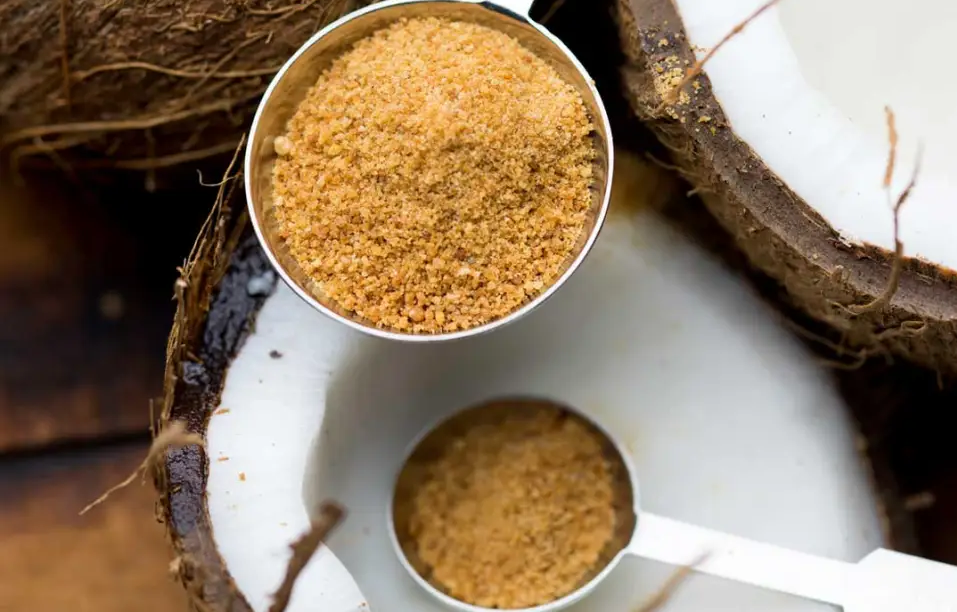Turnips are a nutritious vegetable that can be a beneficial part of a diabetes-friendly diet. While they may not be labeled as a “superfood,” they offer several nutritional benefits that can support blood sugar control and overall health for individuals with diabetes. Here’s a breakdown of the nutritional value of turnips:
- Low in Calories and Carbohydrates: Turnips are low in calories and carbohydrates, making them a suitable choice for managing blood sugar levels. A one-cup (130g) serving of cooked turnip contains only about 36 calories and approximately 8 grams of carbohydrates, with a good portion of these coming from dietary fiber.
- Dietary Fiber: Turnips are rich in dietary fiber, with a one-cup serving providing around 2.3 grams of fiber. Fiber is essential for diabetes management because it helps regulate blood sugar levels by slowing down the absorption of sugar in the bloodstream. It also promotes a feeling of fullness, which can aid in weight management.
- Low Glycemic Index (GI): Turnips have a low glycemic index, which means they have a minimal impact on blood sugar levels when consumed. Foods with a low GI are generally preferred for individuals with diabetes.
- Vitamins and Minerals: Turnips are a good source of various vitamins and minerals, including vitamin C, vitamin K, folate, and potassium. These nutrients are important for overall health and can help support immune function, bone health, and blood pressure regulation.
- Antioxidants: Turnips contain antioxidants like beta-carotene and flavonoids, which have been associated with reducing inflammation and oxidative stress, both of which can contribute to diabetes complications.
- Low in Fat and Sodium: Turnips are naturally low in fat and sodium, which is beneficial for heart health, especially for individuals with diabetes who may be at a higher risk of heart disease.
- Versatile Cooking Options: Turnips can be prepared in various ways, including roasting, boiling, mashing, or adding to soups and stews. They can be used as a lower-carb alternative to potatoes in many recipes.
- Leafy Greens: Turnip greens, the leafy tops of the vegetable, are also nutritious and can be included in your diet. They are a good source of vitamins A and C, as well as calcium and iron.
While turnips themselves can be a valuable part of a diabetes-friendly diet, it’s essential to consider portion sizes and cooking methods. Roasting or steaming turnips without adding excessive fats or sugars is a healthy way to enjoy them. Additionally, it’s important to maintain a balanced diet that includes a variety of foods and consult with a healthcare provider or registered dietitian to create a personalized meal plan that aligns with your specific dietary needs and diabetes management goals.









One thought on “Turnips as a Superfood for Diabetes: Understanding the Nutritional Value”